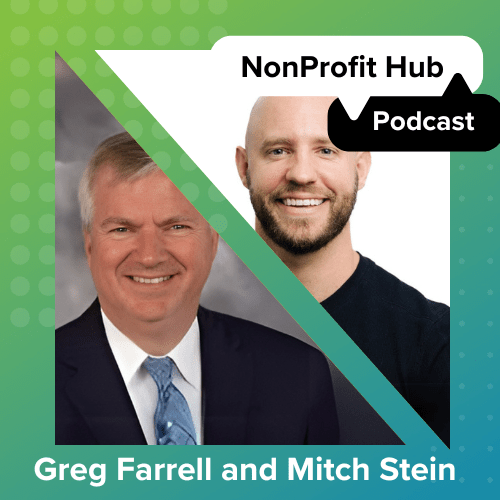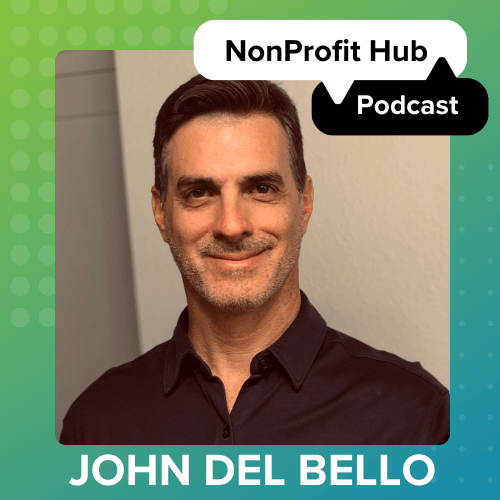The tide is turning.
Based on a study conducted by Software Advice, NPOs are more commonly employing nonprofit-specific software to help manage their operations, fundraising and volunteers.
For the second year, Software Advice interviewed nonprofits about what type of software they use to conduct business. The results show a rise from 30 to 41 percent of nonprofits using nonprofit-specific software for their data management.
“The case isn’t educating them about the value of the software, in general they know they need it—now they just need a business case for it, that’s the next hurdle,” said Janna Finch, the senior market research associate at Software Advice.
The jump includes a large portion of nonprofits who are changing software platforms. As more nonprofits begin purchasing software, they are exploring their options and switching more.
“Nonprofits are adopting software more, but they are also replacing it,” Finch said. “There are still some problems because it isn’t doing what they need.”
Prospective Buyer’s Current Methods
 Finch said this increase comes as a result of smaller nonprofits trying to find the right fit to help with their operations, that also fits within their budgets. Most of the nonprofits that participated in the survey are smaller, with 78 percent having an annual operating budget less than $1 million, and another 15 percent with budgets between $1 million-$5 million.
Finch said this increase comes as a result of smaller nonprofits trying to find the right fit to help with their operations, that also fits within their budgets. Most of the nonprofits that participated in the survey are smaller, with 78 percent having an annual operating budget less than $1 million, and another 15 percent with budgets between $1 million-$5 million.
To combat the high turnover rate, Finch suggested nonprofits take advantage of trial periods offered by software to make sure programs are a good fit, and that they do all the things they want before purchasing.
The No. 1 complaint of nonprofits, with almost a third of respondents, is that they switch systems in search of more functionality. This means they can’t generate the reports they want, the software doesn’t match up with other platforms or they just can’t do what they want.
Top Reasons for Replacing Existing Software

Finch cited an example in the report where a specific donor management software didn’t allow special characters in the name fields, which made it difficult to process non-English based names and rendering it useless for the nonprofit.
Finch said accounting software is the most common first purchase for nonprofits, but the most requested functionality of NPOs is donor and constituent tracking, with nearly three quarters (72 percent) of responses. Communication tools was next at 39 percent, while reporting tools was requested by 33 percent.
Top-Requested Nonprofit Software Functionality
“Any sort of communication is the heart and soul of a nonprofit organization, so any way to streamline those communications, any way to automate in some cases and better target is going to have a big impact in smaller nonprofits,” Finch said.
Even though the trend toward using more nonprofit-specific software increases, most nonprofits, especially the smaller ones, still rely on general-purpose software (Microsoft Office, Google Apps or iWork) to manage their data. Finch said most of the nonprofits that are using general-purpose software are only solely using it.
Eventually, though, Finch said many nonprofits outgrow the general software and need more specialization to help with the organization and workload.
“It makes sense when you start up, that is what you are going for so it is not necessarily a bad thing, and if you have great Excel chops, it can work for you for a long time,” Finch said. “It’s reaching that certain level if you have multiple staff members to collaborate with, and a certain number of donors and volunteers where you need to be more on top of things, or data starts to fall through cracks.”
Software Advice conducted the survey during late 2014 and 2015 from 200 nonprofits, which contacted Software Advice for guidance on software selection and may not be indicative of the market as a whole. Find the complete study from Software Advice here.







